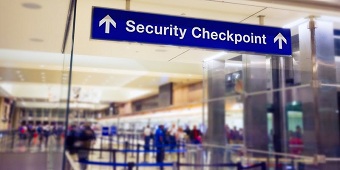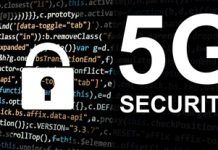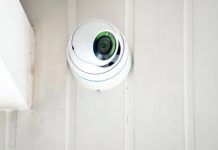The drop in passenger traffic at many airports around the globe continues to set new record lows. According to the Transportation Security Administration, less than 100,000 people went through airport checkpoints in the United States in one day recently, compared to nearly 2.6 million on that day last year.
Even with those low numbers, airports are still working to ensure those who are traveling are maintaining the recommended 6-foot distance to mitigate the spread of the COVID-19 coronavirus. And of course that will only become a more challenging issue once travel restrictions are lifted and airport traffic picks up.
To address this concern, motion analytics company ‘iinside’ has developed a way to use its technology to measure the average distance between people in security lines and the length of time they remain at that distance.
“Everything’s being turned upside down by this virus, and we’re doing things we never thought we’d have to do. So this is the same technology applied in a completely unexpected way,” says Sam Kamel, CEO of ‘iinside’.
“We want to [give] the public the confidence that it will be safe to travel again.” Known as SafeDistance, the service is being rolled out for free to iinside’s airport customers that are already using its 3D LiDAR laser beam technology to manage passenger flow at security checkpoints.
Those airports include Charlotte Douglas International Airport, Indianapolis International Airport, McCarran International Airport in Las Vegas, Baltimore-Washington International Airport, Miami International Airport, Jackson-Medgar Wiley Evers International Airport in Mississippi and San Jose International Airport.
To start, the company will give the airports hourly summaries of trailing data for each of their security checkpoints, with a score based on both the average distance between people in line and for how long that distance was maintained.
In the next phase, Kamel says ‘iinside’ will work with airports to develop dashboards and heat maps showing real-time data. And since iinside’s existing LiDAR detection system is focused on a defined distance around checkpoints, Kamel says as traffic picks up there may be airports that want to add additional sensors to monitor distancing in other parts of their facilities. “We also believe that making SafeDistance metrics available to the public will restore confidence in venues where indoor social distancing parameters are being properly maintained,” he says.








